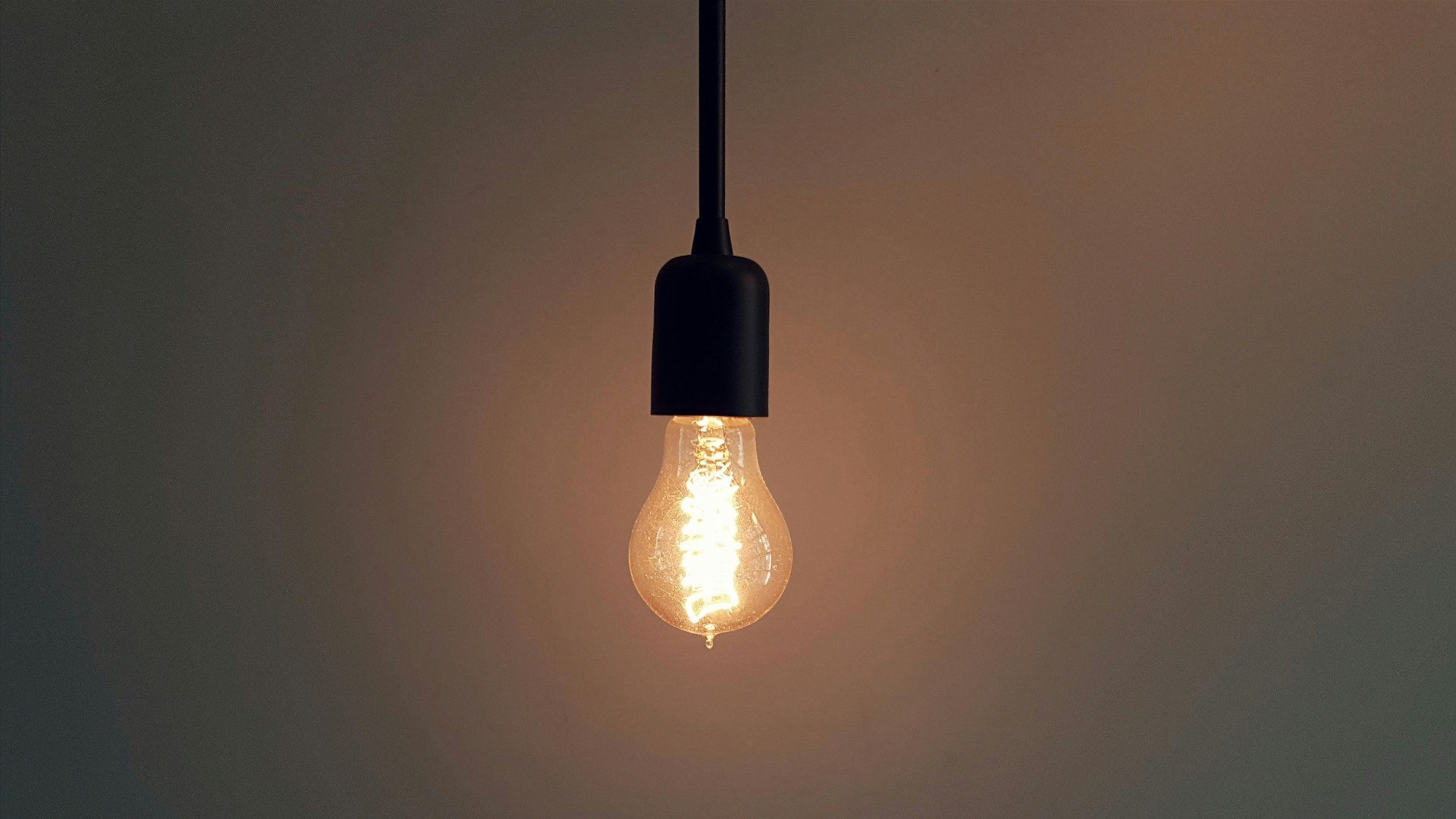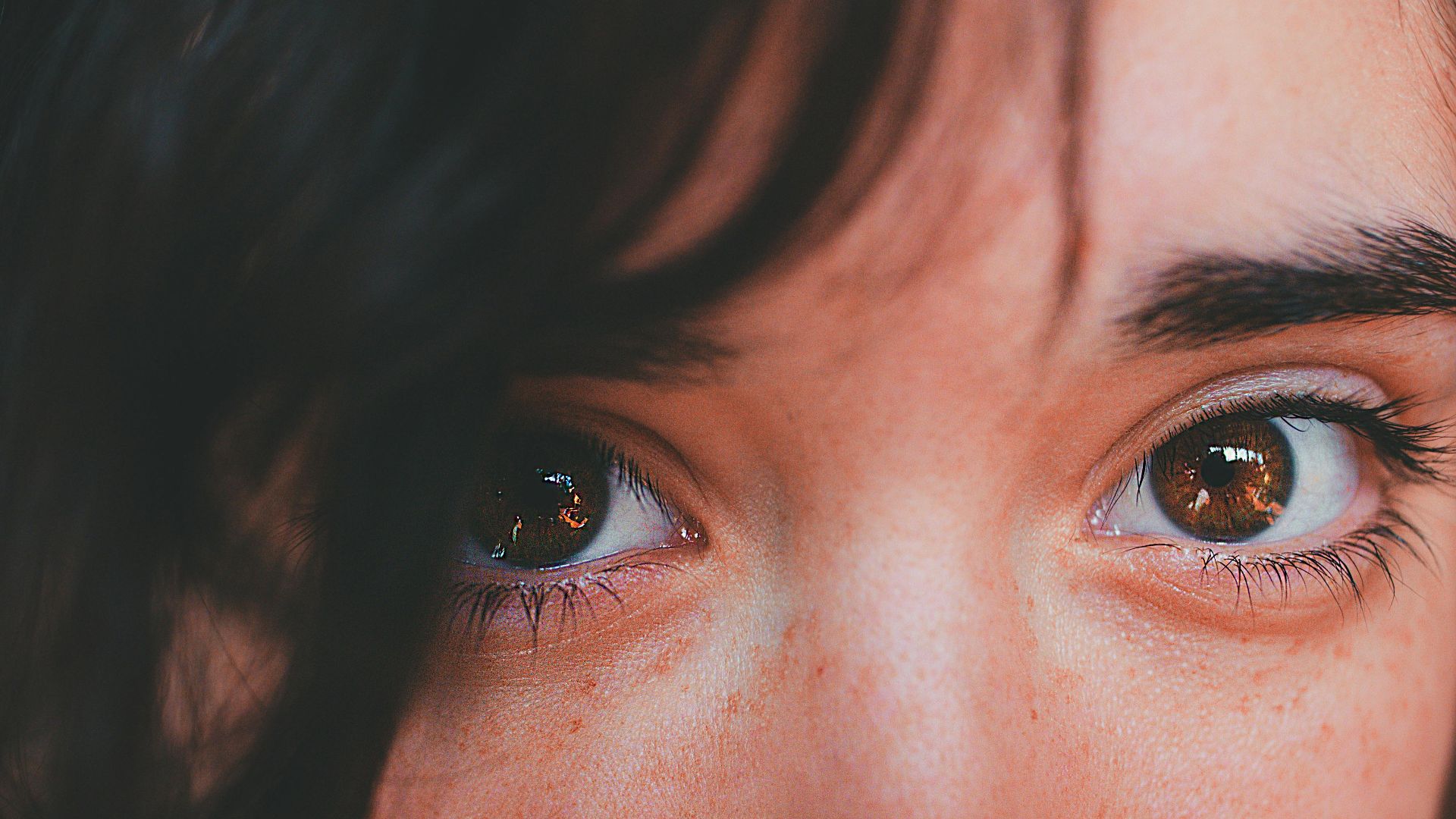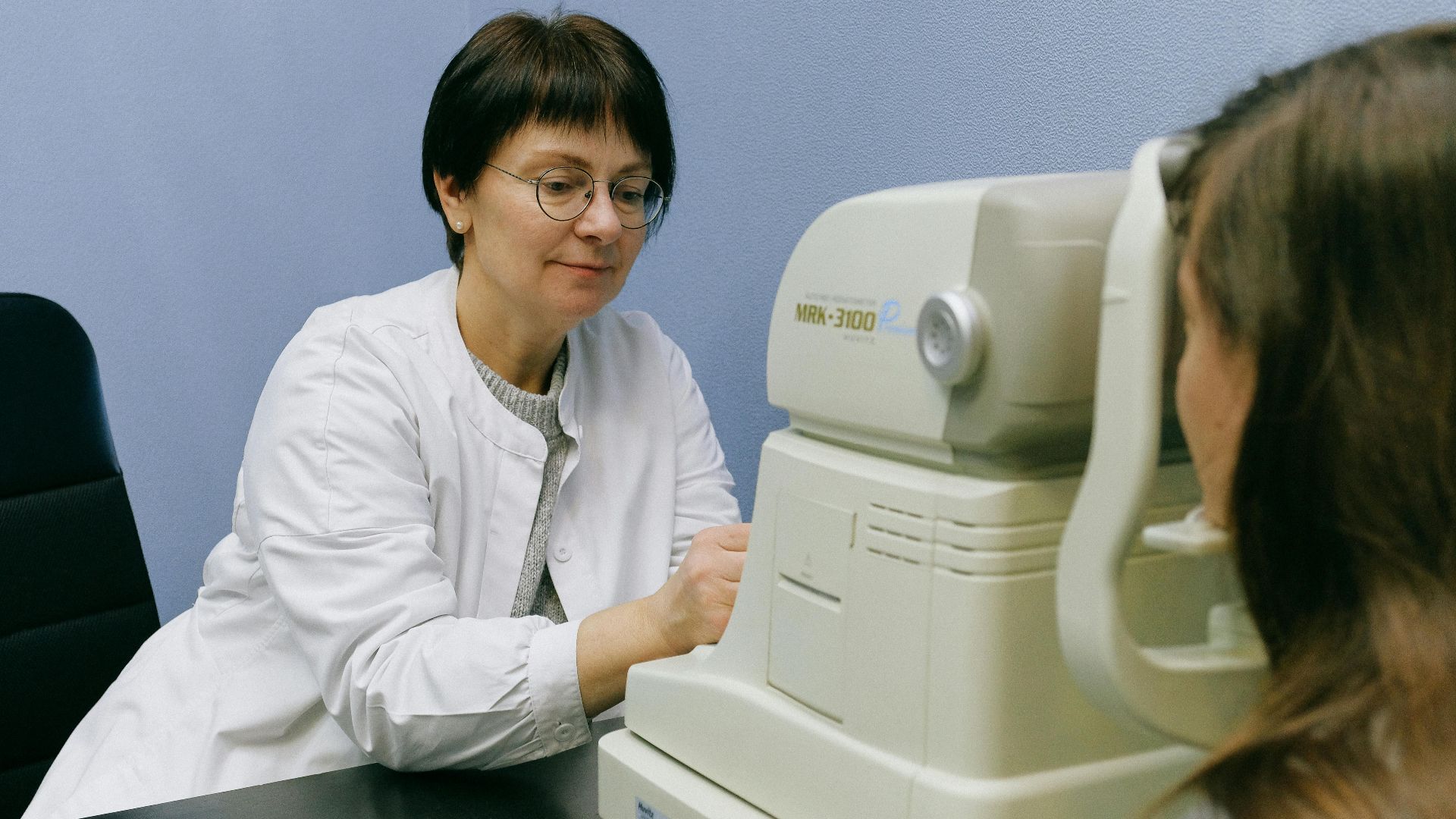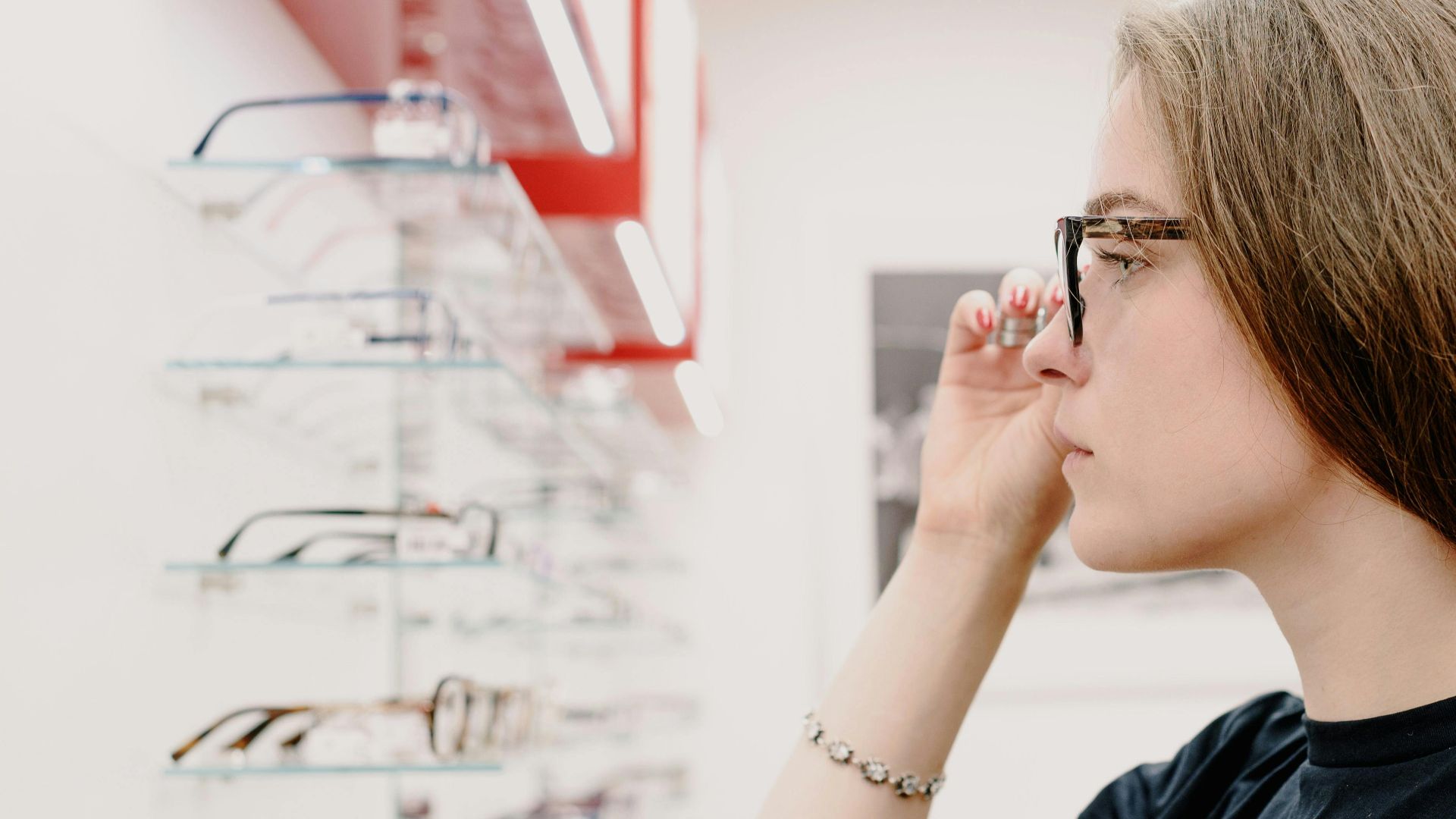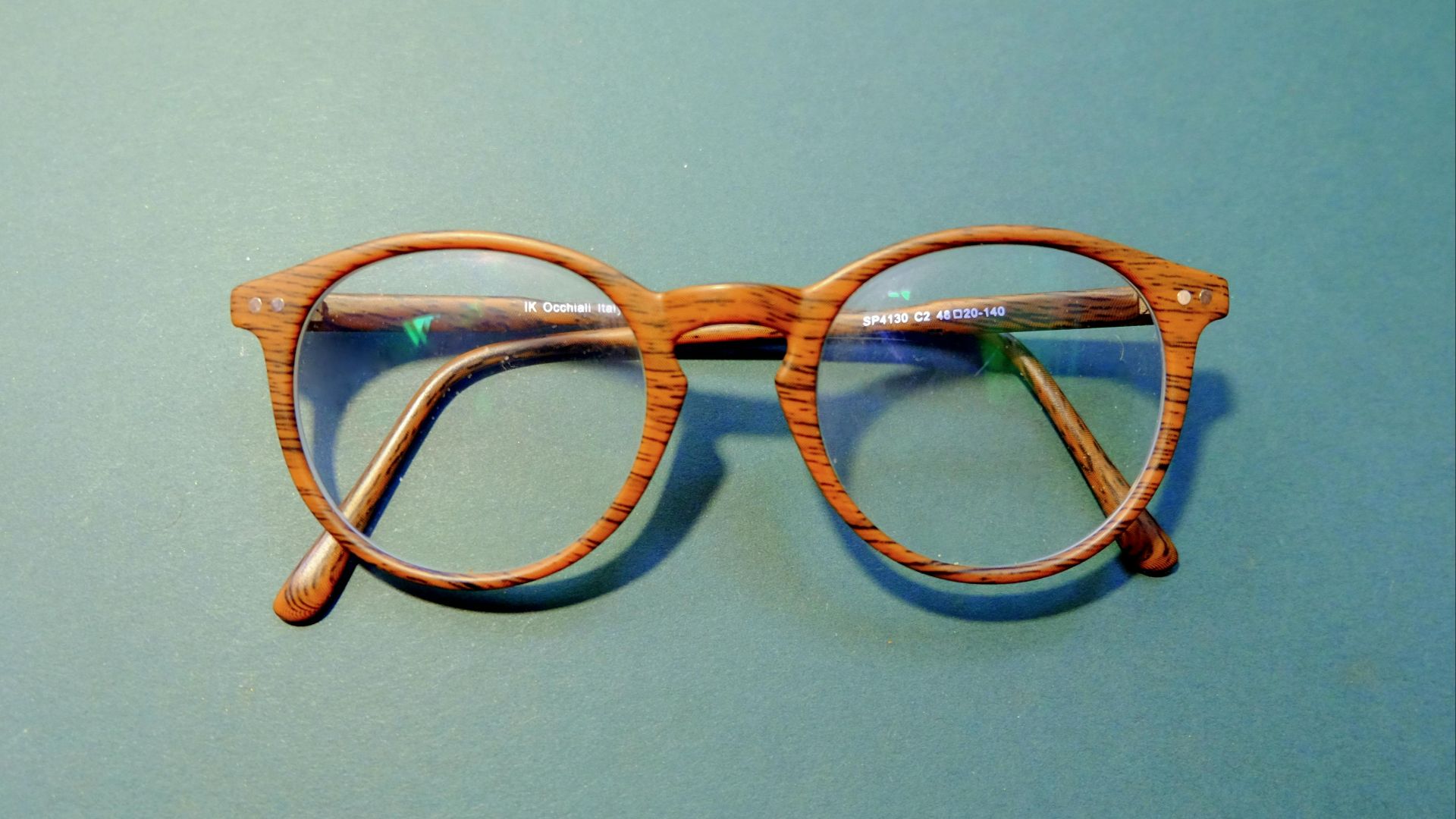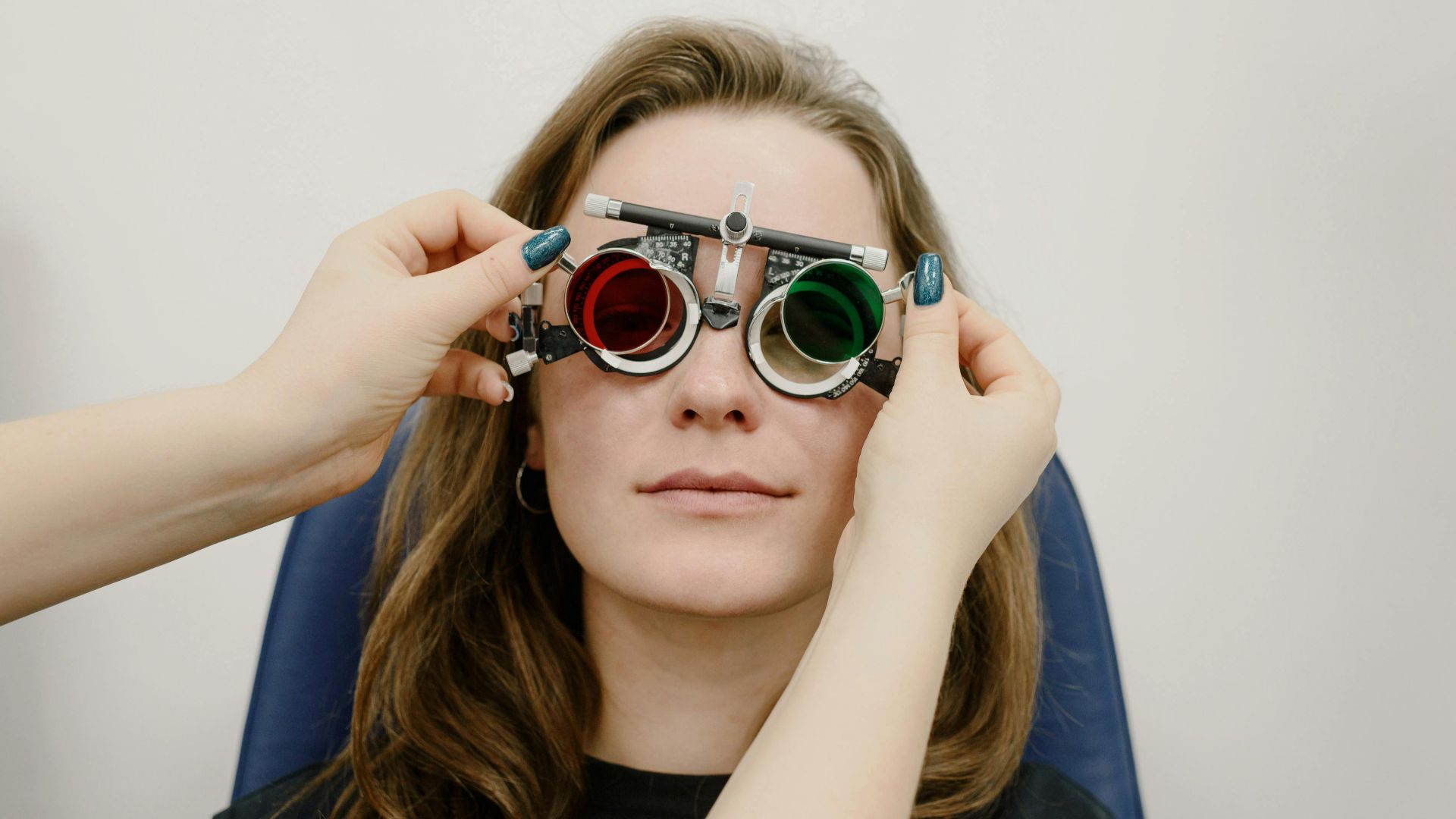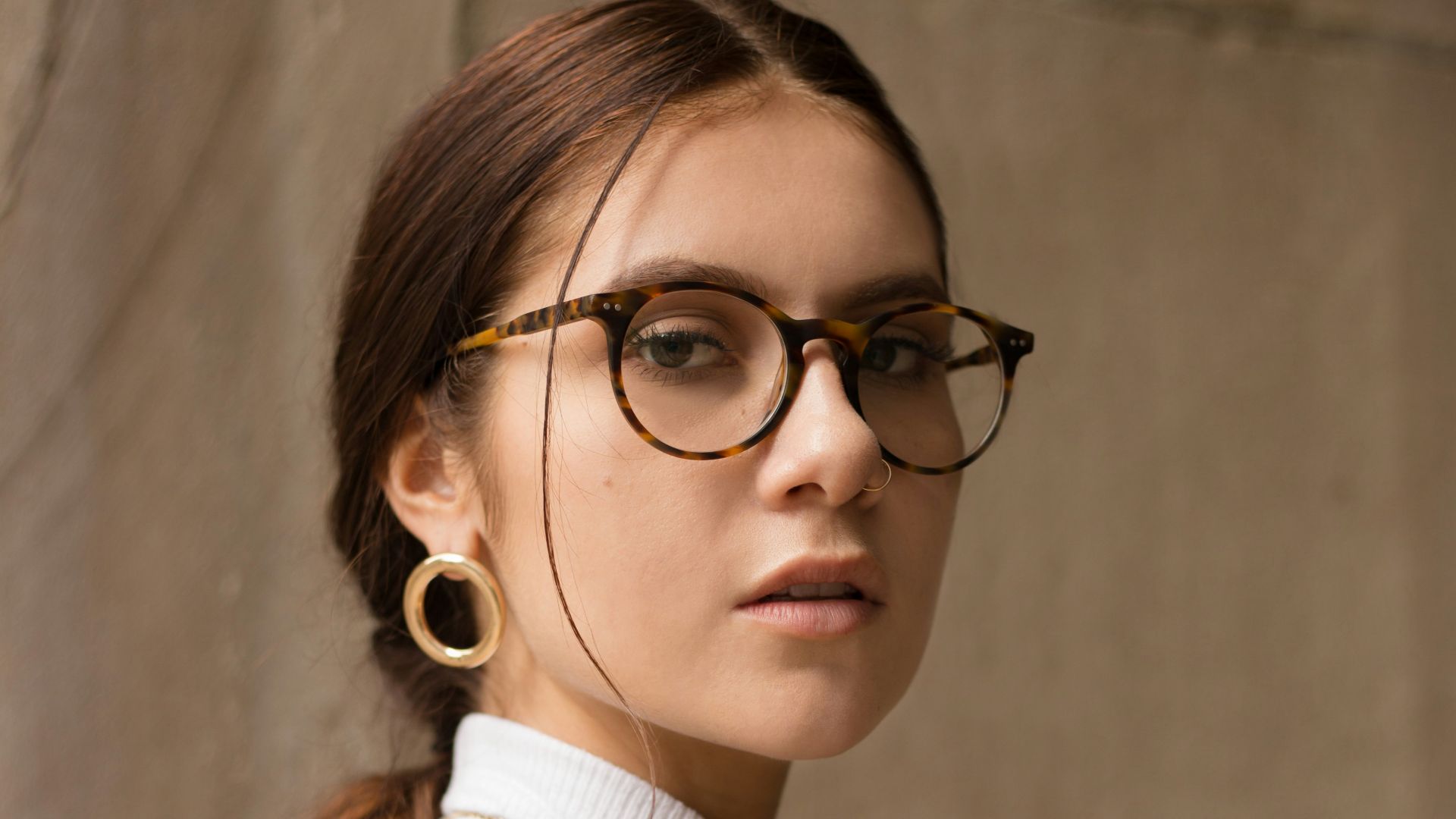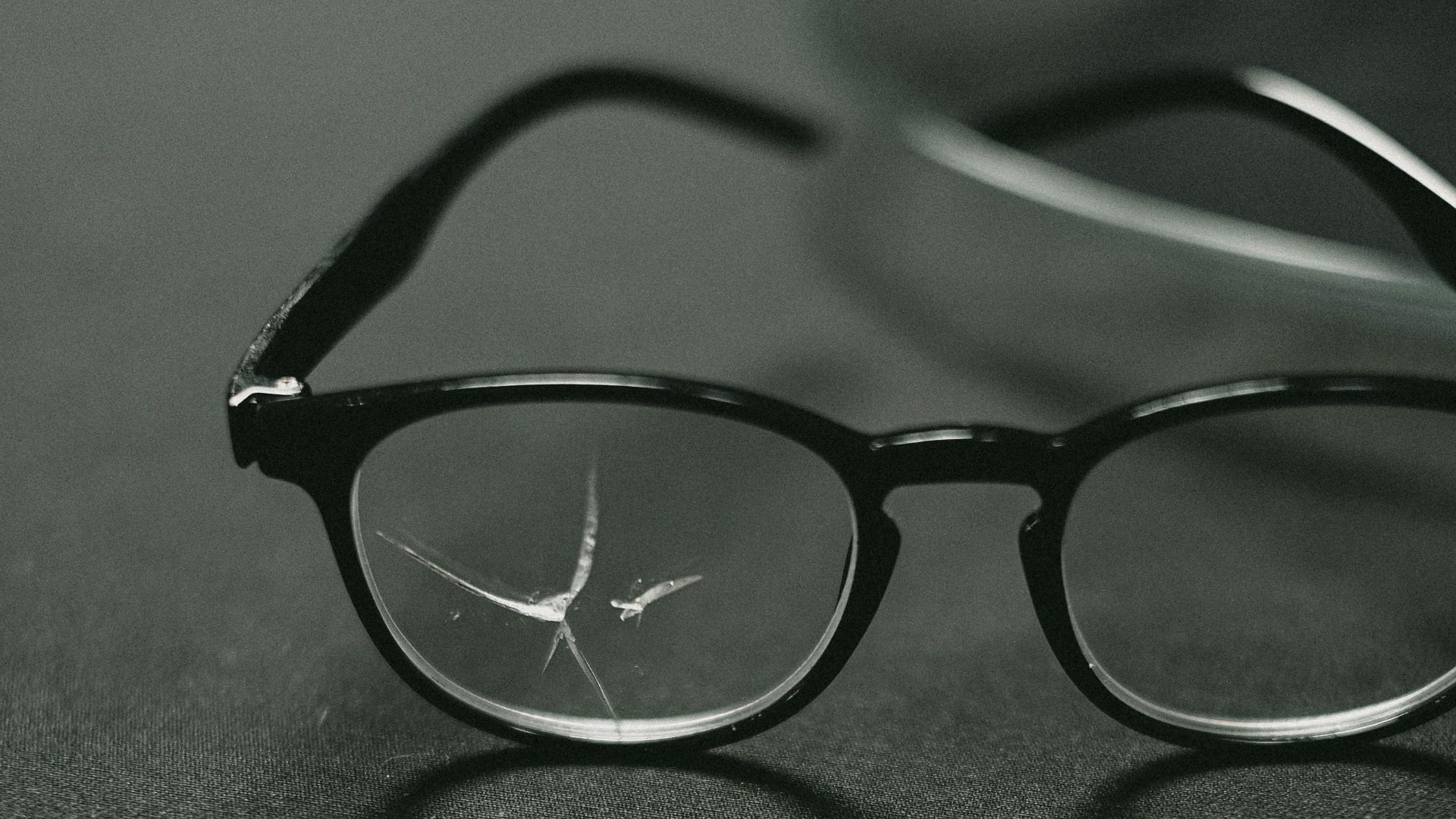Take Action Before It’s Too Late
What made you pause and click on this text? It might've been your gut feeling or a few blurry billboards. Because only after you know it's time will you take the first step to protect your vision and see the world clearly. But don't fret. There are countless stylish and comfy glasses out there, which makes it easy to find the perfect frame. So, let’s begin with the 10 biggest signs that say it’s finally time for glasses (not before an eye checkup, of course!)
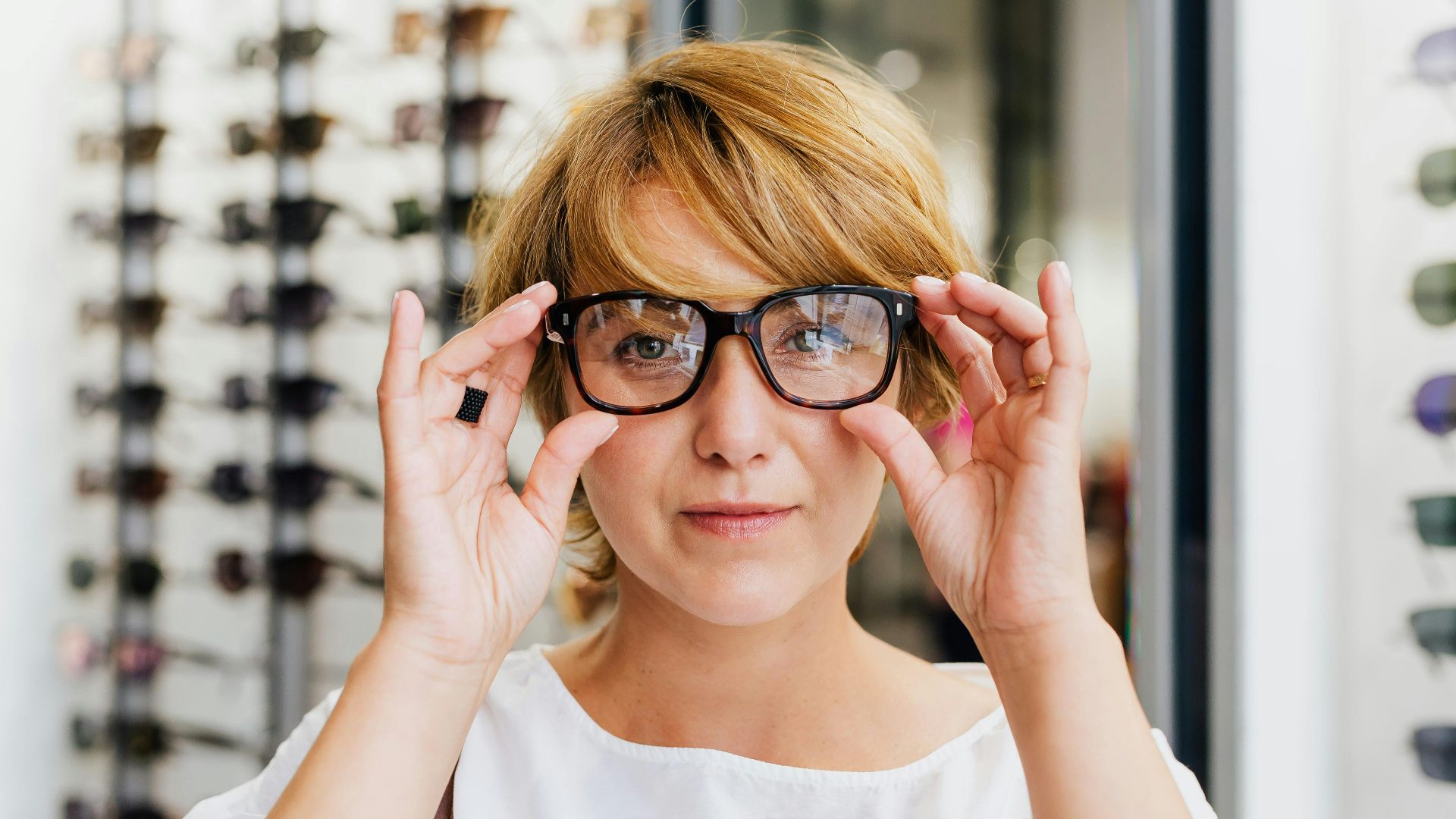 Photo By: Kaboompics.com on Pexels
Photo By: Kaboompics.com on Pexels
1. Most Things Are Blurry At First Glance
Blurred vision is commonly linked to myopia (nearsightedness) or hyperopia (farsightedness). Another culprit that emerges with age is presbyopia, a gradual decline in close-up focus. This condition typically begins after 40 and can make everyday near-vision tasks increasingly frustrating.
2. You Rub Your Eyes Often
It feels soothing to rub your eyes sometimes, but notice if this follows a blurry vision. Rubbing your eyes might give temporary relief by boosting tear production, but doing it too frequently can actually increase eye pressure and even damage sensitive tissues.
 Photo By: Kaboompics.com on Pexels
Photo By: Kaboompics.com on Pexels
3. You Get Headaches After Reading Or Screen Time
Pounding headaches after scrolling or reading aren’t always caused by stress—they could be a sign of impaired vision. When your eyes struggle to focus, the surrounding muscles tense up, eventually leading to frontal headaches and visual fatigue.
4. You Miss A Step Or Stumble
Your brain relies on both eyes working together for accurate 3D vision by creating depth and balance. A disruption in that teamwork may lead to dizziness and even falls. So, what you think is clumsiness might really be an eye problem.
5. You Hold Reading Materials Closer Or Farther Than Before
If you struggle to find the perfect reading distance (books or text), your eyes are likely compensating for reduced clarity. This often signals deteriorating near vision in some cases and far vision in others.
6. You Frequently Squint At Screens Or Signs
Squinting is more than a habit—it’s when your eyes feel strained and try to sharpen blurry images. Difficulty reading street signs or phone menus often signals early vision issues that are common and easy to handle.
7. You Struggle Adjusting To Dim Or Bright Light
Eyes taking longer to adjust when stepping into a dim room or bright outdoor space can also be a sign of changing vision. Shifts in pupil response time and lens flexibility may slow down how quickly your eyes adapt to lighting.
8. You See Halos Around Lights
Seeing glowing rings or halos around lights—especially at night—may not always be a result of lighting. It can also be a warning sign for conditions like cataracts or astigmatism, both of which scatter light inside the eye.
 James Mann from Moncton, New Brunswick, Canada on Wikimedia
James Mann from Moncton, New Brunswick, Canada on Wikimedia
9. You Find It Hard to Tell Similar Colors Apart
If reds, greens, or blues start blending together or look dull, your eyes might be changing. This can happen due to vision problems like poor focus or early lens clouding. Often, people don’t notice it until they compare what others see.
10. You Notice Uneven Vision Between Eyes
Maybe you close one eye to read better or notice sharper images when favoring one side. This imbalance—called anisometropia—can cause fatigue and poor depth perception when your brain tries to reconcile two mismatched images.
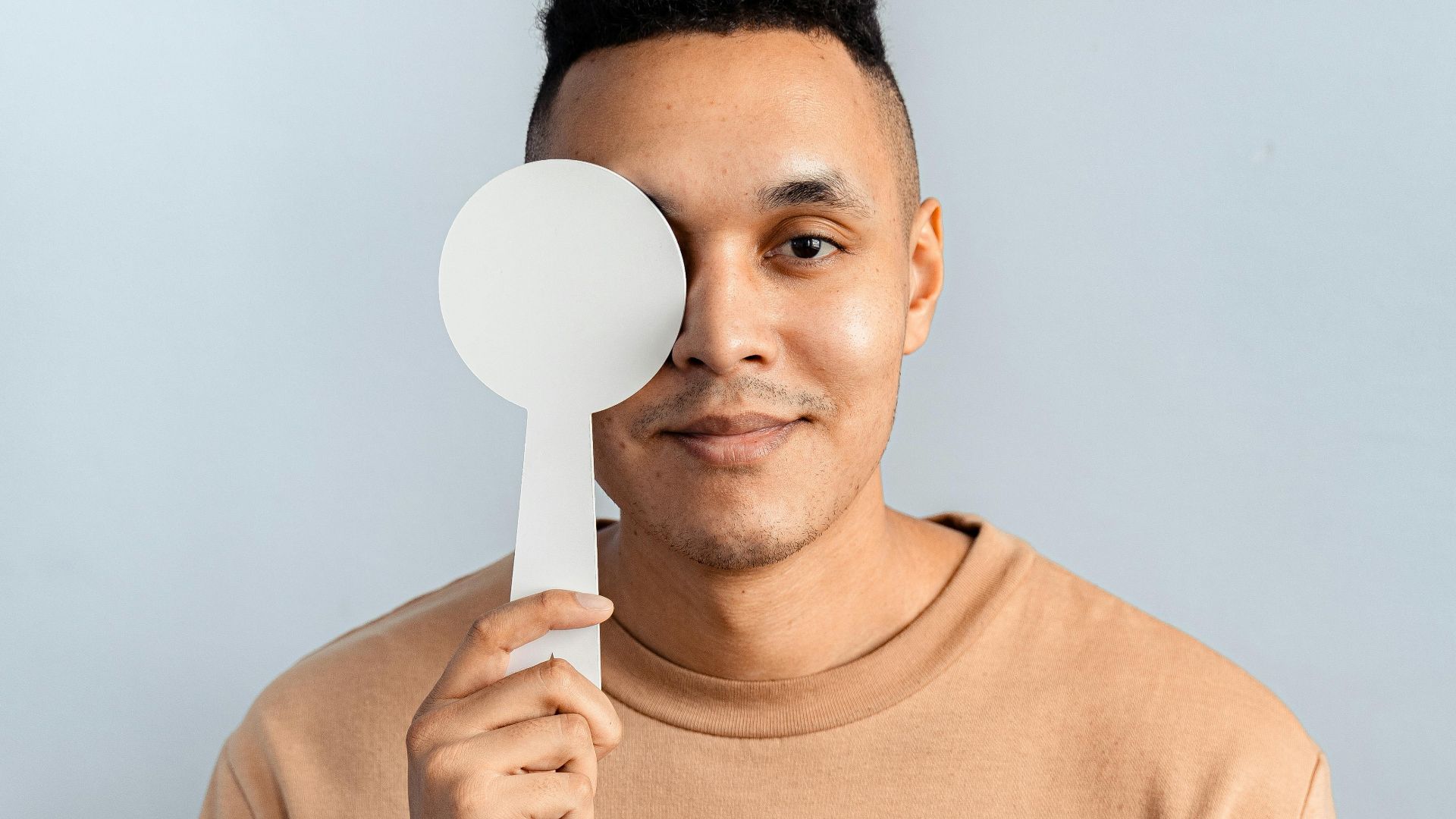 Antoni Shkraba Studio on Pexels
Antoni Shkraba Studio on Pexels
If you notice any of these signs, it's time for glasses. And the next step matters just as much, because finding the right pair is where it all comes together.
1. Visit A Licensed Professional For An Eye Exam
Before you even browse frames, start with a comprehensive eye exam. A licensed optometrist can run a detailed refraction test to pinpoint the exact vision needs. You might be surprised to learn that many vision issues show no early symptoms.
2. Understand Your Face Shape Before Buying Glasses
If you skip this step, you might end up with glasses that feel off on your face. So, you need a pair that can highlight your best features. When glasses feel good and look good, you’ll actually want to wear them.
3. Test Multiple Frame Styles In Person
Shopping online is easy, but trying on frames in person reveals how frame materials like acetate or titanium feel on your face. You'll also see how frame color complements your eye color and overall skin tone.
4. Choose Frames That Work With Your Prescription
If you need strong glasses, big frames might not be the best pick. Smaller frames help keep thick lenses from looking bulky or blurry around the edges. The right shape can make your vision clearer and your glasses more comfortable.
5. Go For Lenses That Fit Your Life
Spend hours on screens or love the outdoors? There's a lens for that. Anti-glare helps with screen time, photochromic lenses adjust to light, and polarized ones cut down harsh glare. Your eyes do a lot. So, give them the lenses they deserve.
6. Consider Adjustable Nose Pads And Hinges
Glasses with silicone nose pads stay comfy and don’t leave those annoying marks. Spring-loaded hinges bend slightly to handle daily wear and tear. These little extras help your glasses stay in place and last longer, even when life gets busy.
7. Check Lens Warranty And Service Options
Life happens. Scratches, slips, and the classic "Oops! Sat on my glasses." That's where a solid warranty swoops in to save the day (and your wallet). Some providers give free lens replacements for scratches, ultimately making repairs friendlier than full-frame replacements.
8. Prioritize UV And Blue-Light Protection
Too much sun can harm your eyes. So can hours of screen time. Thankfully, lenses with UV and blue-light filters help guard against both. Less eye fatigue, fewer headaches, and long-term protection—these are upgrades your eyes will thank you for.
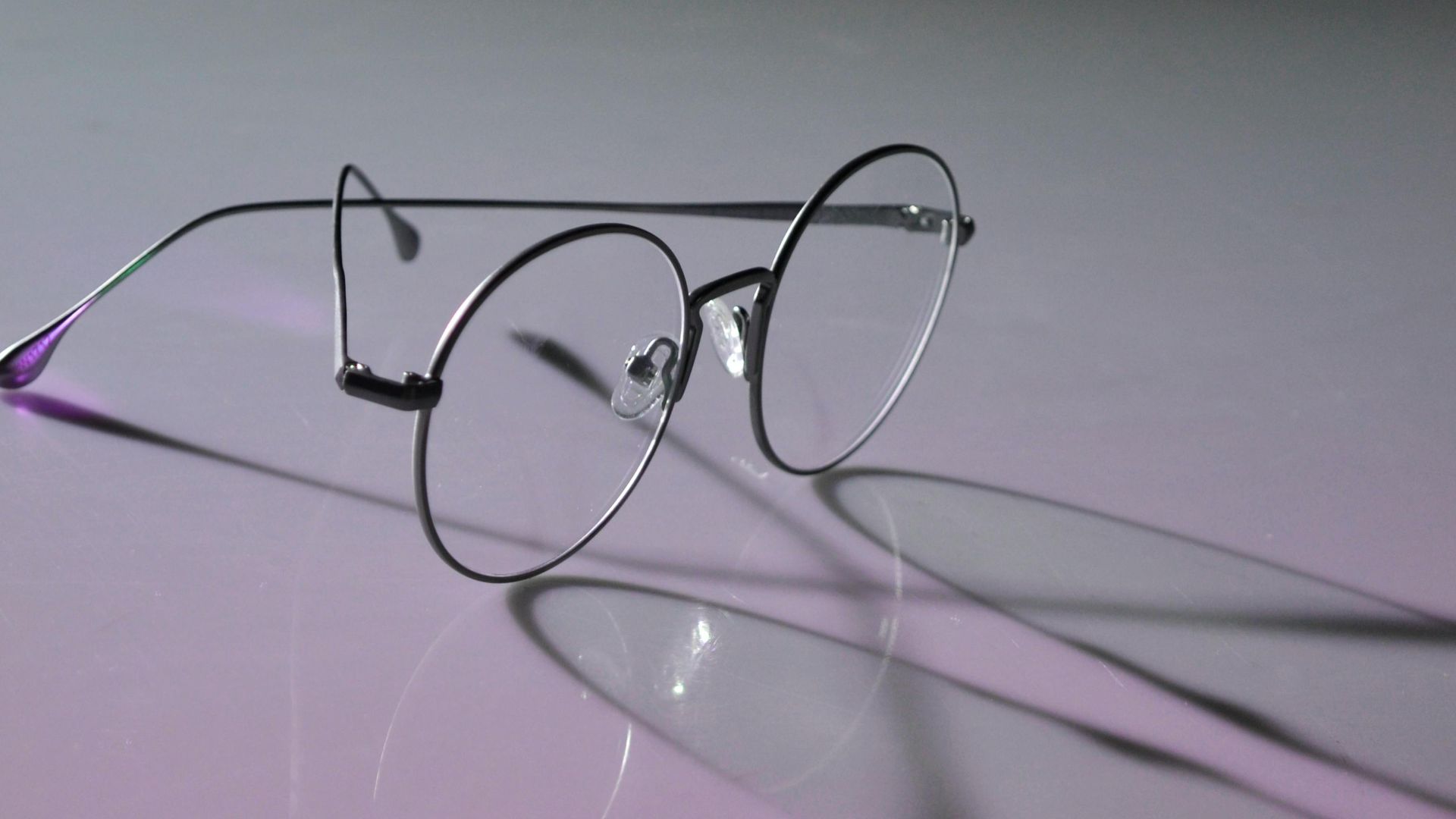 Golnar Sabzpoush Rashidi on Pexels
Golnar Sabzpoush Rashidi on Pexels
9. Pick Lenses Based On Lab Certifications
Fancy coatings are great, but real protection comes with certified lenses. Labels like ANSI or CE prove your lenses meet strict standards. It’s a smart step to make sure your eyes stay safe and your glasses deliver what they promise.
10. Review Customer Ratings For Brands And Stores
Customer reviews give a sneak peek into what you’re getting. They can tell you if a brand’s frames break easily or if the fit runs small. They also tell about the quality of a store’s customer service and how well they can fix potential issues.







